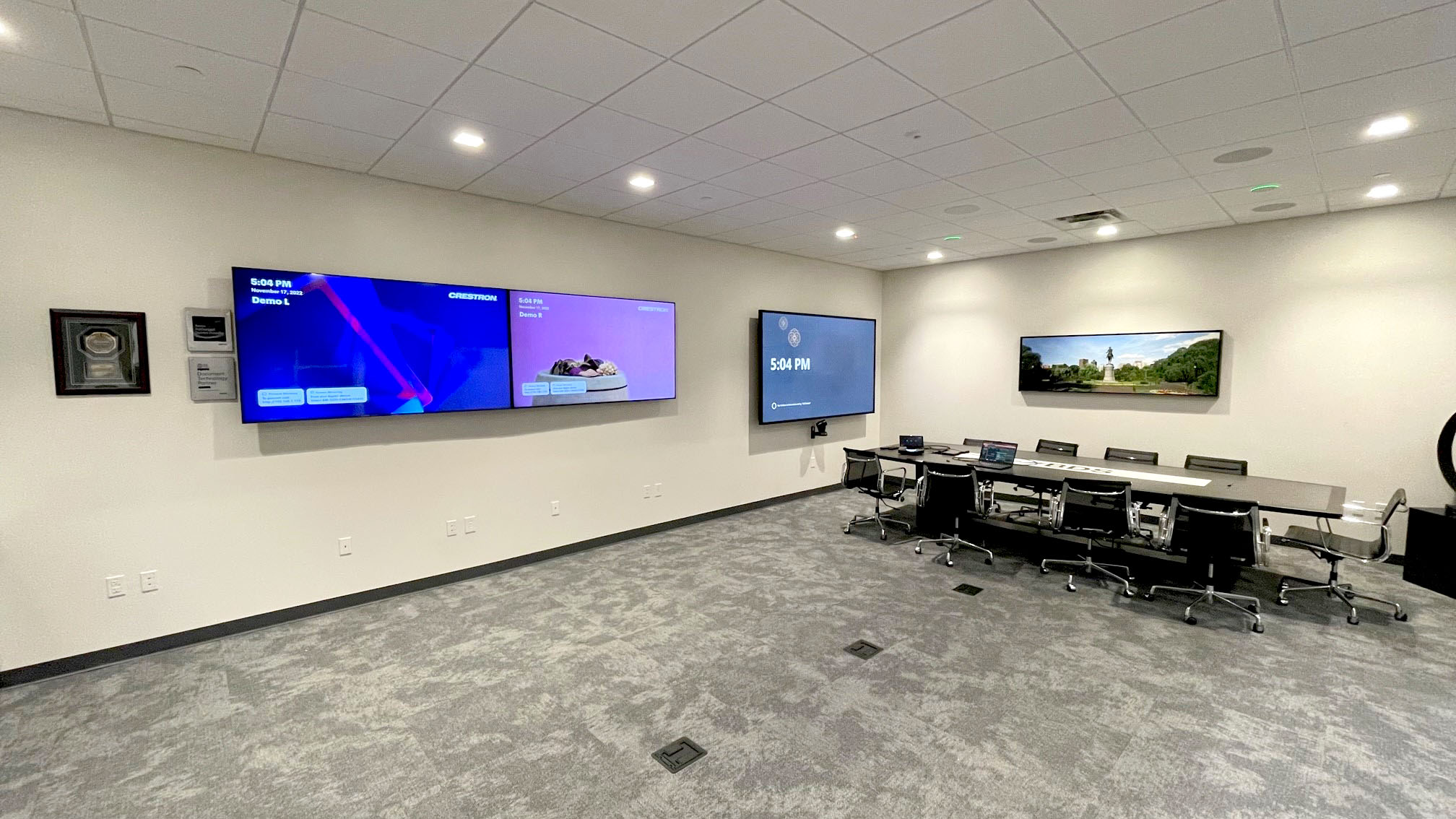Transforming Transmission with Cutting-edge Audio over Internet Protocol Technologies toward a Connected Tomorrow
Transforming Transmission with Cutting-edge Audio over Internet Protocol Technologies toward a Connected Tomorrow
Blog Article
This world of broadcasting is experiencing a major shift thanks to cutting-edge sound over IP (AoIP) solutions. Such advancements are revolutionizing how audio programming is produced, distributed, and received. Audio over IP is defined as the method of sending audio streams over a computer system, utilizing Internet Protocol (IP) instead of conventional analog techniques. This transition not only improves the quality of audio delivery but also offers broadcasters with more flexibility and control over their content.
One major advantage of audio over IP technology is its capability to link various devices and technologies seamlessly. Traditional broadcasting frequently relied on intricate cabling and physical links, which could be cumbersome and limited. With AoIP, broadcasters can readily connect microphones, mixers, and other equipment through a shared network. This integration allows for off-site broadcasting and live streaming from almost any location, making it easier to connect with audiences across the world. As a result, broadcasters can react quickly to current issues and audience requests, leading to more dynamic and engaging programs.
Moreover, AoIP systems supports high-quality audio formats that enhance the auditory experience. In contrast to traditional broadcasting techniques, which may compromise sound quality, audio over IP can preserve the integrity of the audio signal throughout the transmission procedure. This implies that audiences can experience crisper and richer sound, regardless of whether they are tuning in via radio, broadcasting online, or employing mobile devices. The ability to deliver high-fidelity audio is especially crucial for musical and talk shows, where every detail matters to the audience.
Moreover, the implementation of audio over IP systems can lead to financial efficiencies for broadcasters. By using existing network infrastructure, organizations can eliminate the need for expensive hardware and extensive cabling. This not only reduces upfront costs but also lowers maintenance expenses over time. Broadcasters can allocate resources more efficiently, investing in content creation and talent development. As a result, the entire broadcasting industry can gain from increased creativity and creativity, as acoustical treatment services funds are reallocated toward improving programming and interacting with listeners.
In summary, the transition towards audio over IP systems is changing the media landscape. By allowing smooth links, improving audio standards, and lowering costs, AoIP is clearing the path to a better connected future in media. As broadcasters continue to adapt to these changes, they will be better equipped to meet the demands of their listeners, produce captivating programs, and stay competitive in an constantly changing industry. The prospects of broadcasting is promising, and audio over IP will play a crucial role in shaping how we experience audio content in the years to follow.